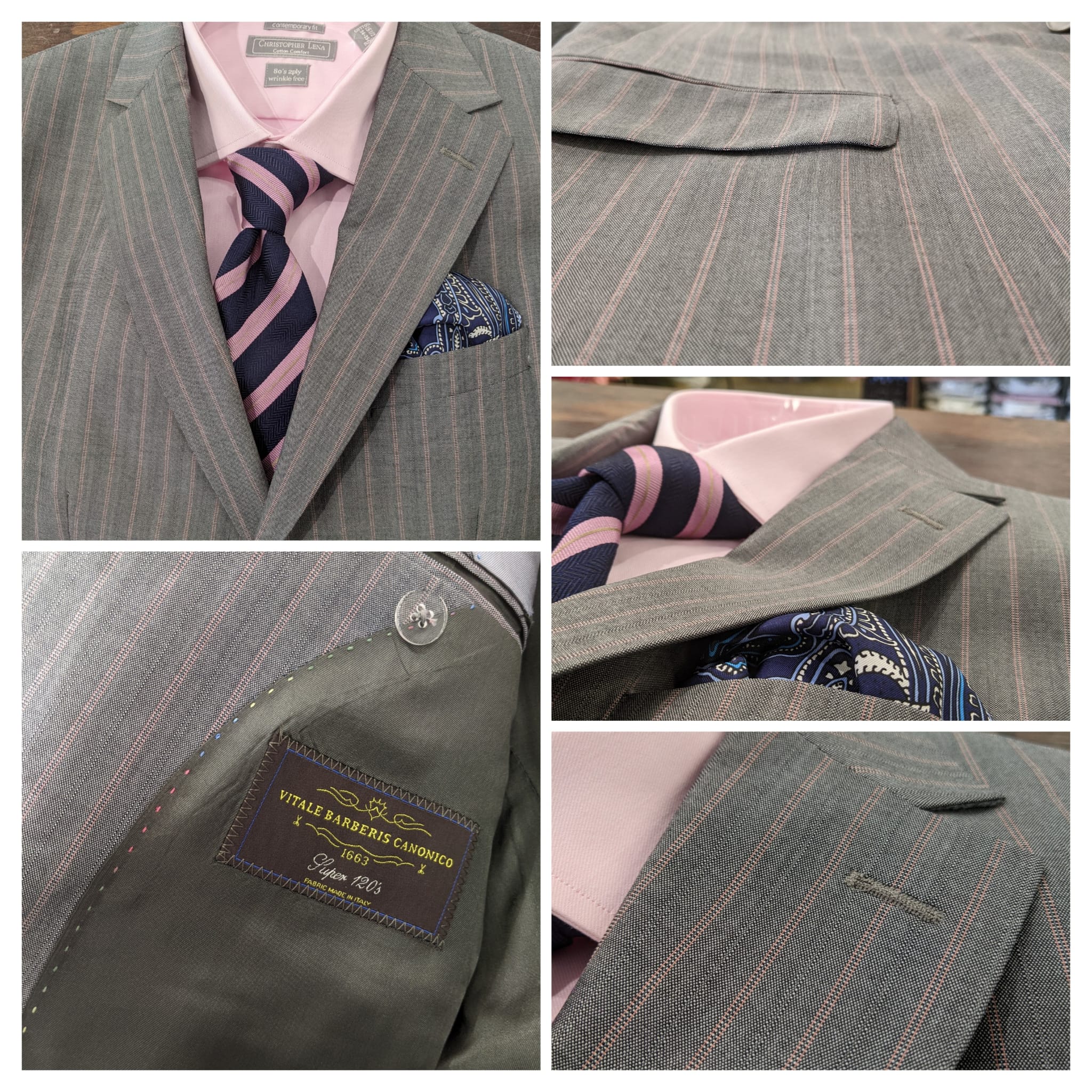Elevating your style with a suit often requires the perfect tie to complete the ensemble. However, matching a tie with a dress shirt can be a challenging task. But fear not, as this comprehensive guide will provide valuable insights and tips on mastering the art of tie and shirt coordination. Drawing inspiration from expert advice found in the articles from Art of Manliness and Real Men Real Style, we will explore various aspects of tie selection, including color coordination, pattern pairing, and suit integration. By the end, you'll possess the knowledge to create stylish and cohesive outfits that exude confidence.
Understanding Color Coordination: Color coordination is a crucial aspect of tying together a shirt and a tie, as it ensures a visually pleasing and harmonious look. Here are some key principles to consider:
Complementary Colors: Complementary colors are hues found opposite each other on the color wheel. When paired together, they create a vibrant contrast. For instance, if you have a blue shirt, complement it with a tie in shades of orange or rust. Similarly, a green shirt can be paired with a tie featuring shades of red or burgundy.
Analogous Colors: Analogous colors are hues adjacent to each other on the color wheel. When combined, they create a more subtle and harmonious color combination. If you have a purple shirt, consider pairing it with a tie in shades of blue or magenta. Analogous color combinations offer a cohesive and sophisticated look.
Tone-on-Tone: Tone-on-tone coordination involves selecting colors within the same color family but with different intensities or shades. This creates a monochromatic look that is visually appealing. For example, if you have a light pink shirt, pair it with a tie in a slightly darker or lighter shade of pink. This approach adds depth and sophistication to your outfit.
Neutrals: Neutrals are versatile colors that can be paired with almost any other color. Black, white, gray, beige, and navy are examples of neutrals. When in doubt, opt for a neutral tie as it complements a wide range of shirt colors and serves as a grounding element when paired with a more vibrant shirt.
Consider Skin Tone: While not directly related to color coordination, it's worth considering your skin tone when selecting tie and shirt colors. Certain colors may enhance your complexion, while others may clash or wash you out. Those with warm undertones (yellow, peach, golden) may find that earthy tones and warm colors (such as browns, oranges, and warm greens) complement their skin tone. Those with cool undertones (pink, blue, olive) may find that cool colors (such as blues, purples, and cool grays) enhance their complexion.
Pattern Pairing: Patterns add visual interest to tie and shirt coordination. Here's how you can effectively pair different patterns:
Solid Shirts and Patterned Ties: When wearing a solid-colored shirt, select a tie with a pattern. This allows the tie to serve as a focal point, adding texture and personality to your outfit. Stripes, dots, and geometric patterns are safe choices that complement solid shirts.
Patterned Shirts and Solid Ties: If you're wearing a patterned shirt, opt for a solid tie that picks up one of the colors from the shirt's pattern. This creates a cohesive and balanced look. Ensure that the tie contrasts in terms of scale and texture to maintain visual harmony.
Mixing Patterns: For those more adventurous in their style, mixing patterns can create an intriguing ensemble. Ensure that the patterns vary in scale, allowing them to complement rather than compete with each other. For example, pair a small-scale gingham shirt with a tie featuring a larger-scale stripe or paisley pattern
Matching a tie with a shirt is an art form that significantly enhances your overall appearance. By understanding the principles of color coordination, pattern pairing, and suit integration, you can effortlessly create stylish and polished outfits for any occasion. Whether you opt for complementary colors, analogous colors, or tone-on-tone coordination, the key is to create a cohesive and visually pleasing ensemble. Consider your skin tone when selecting tie and shirt colors, and don't be afraid to experiment with patterns, striking the right balance between solid shirts and patterned ties or vice versa. Integrating your tie and shirt with your suit completes the ensemble; consider suit color, match ties with suit accessories, and pay attention to proportions for a visually pleasing look. With practice, experimentation, and confidence, you'll master the art of matching a tie with a shirt, creating impeccable outfits that showcase your personal style and leave a lasting impression.
Related posts:



